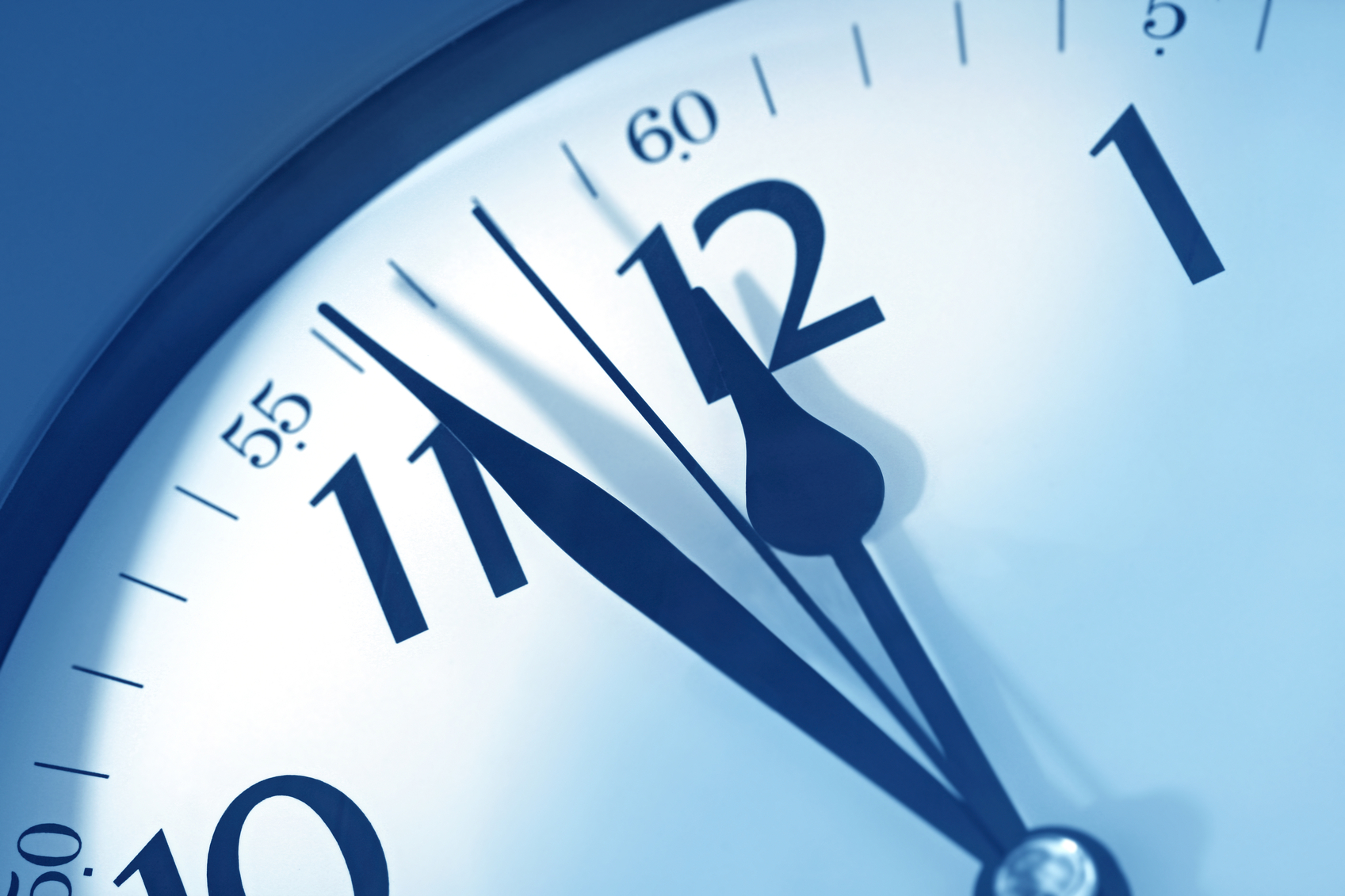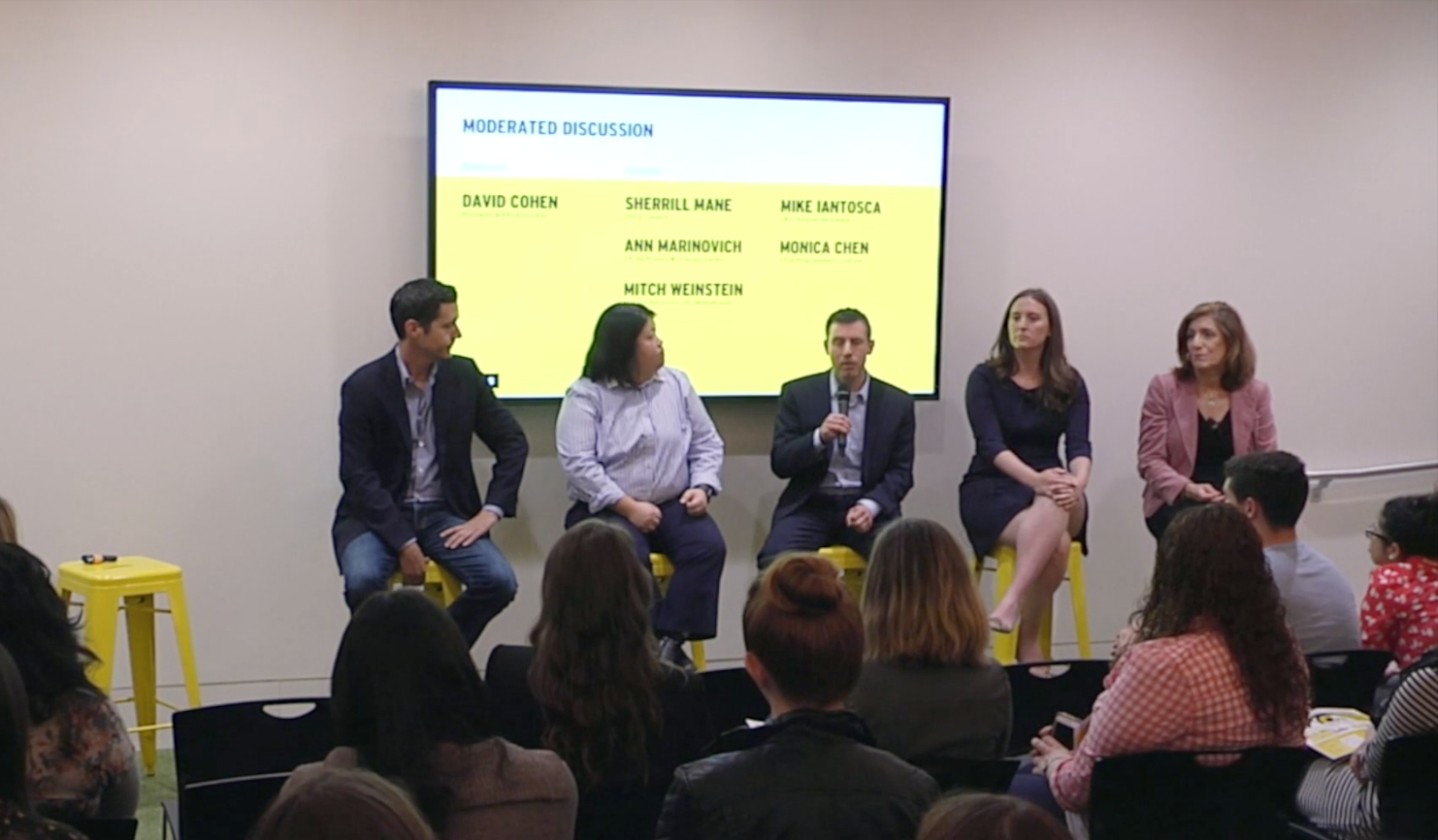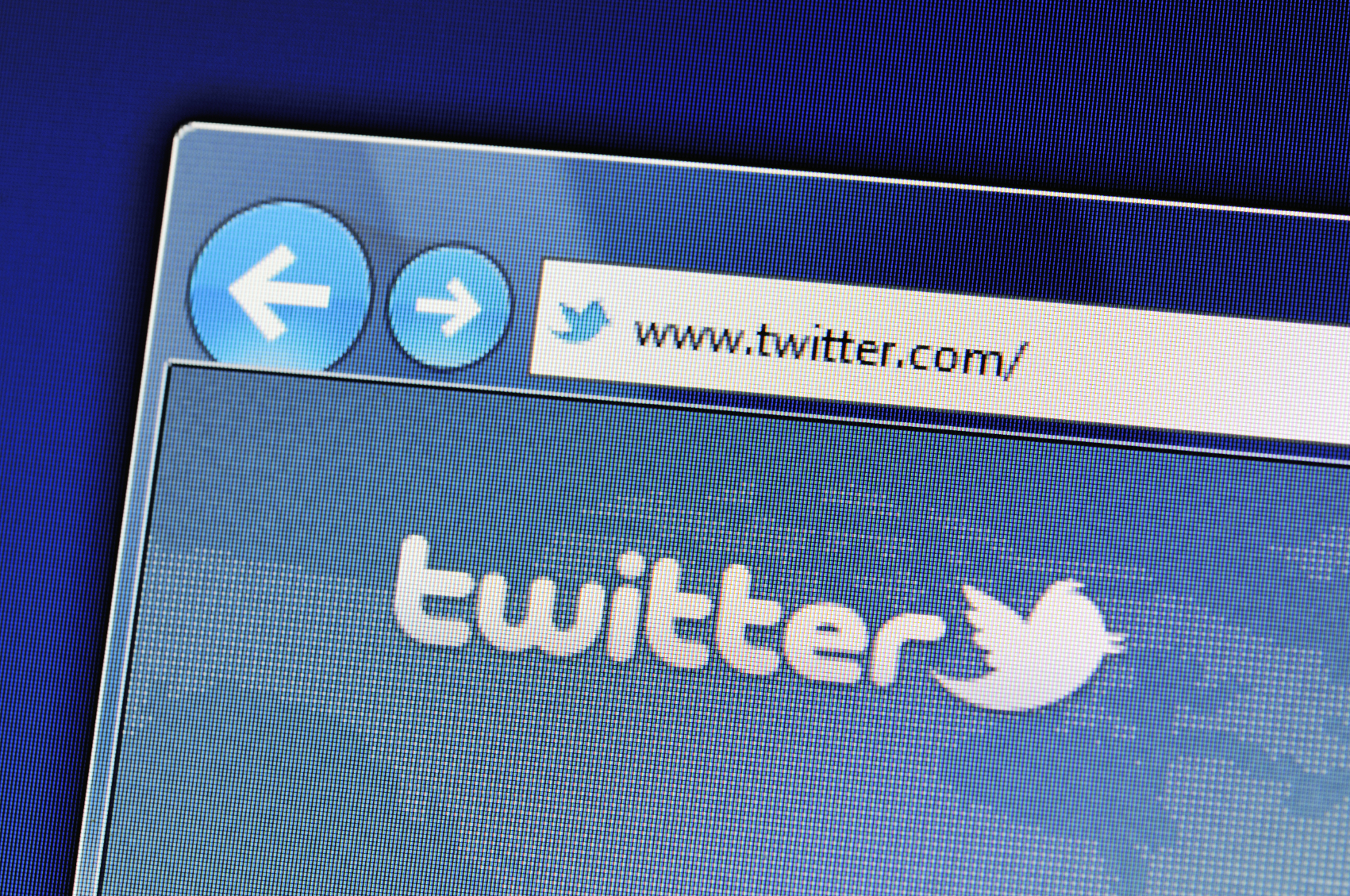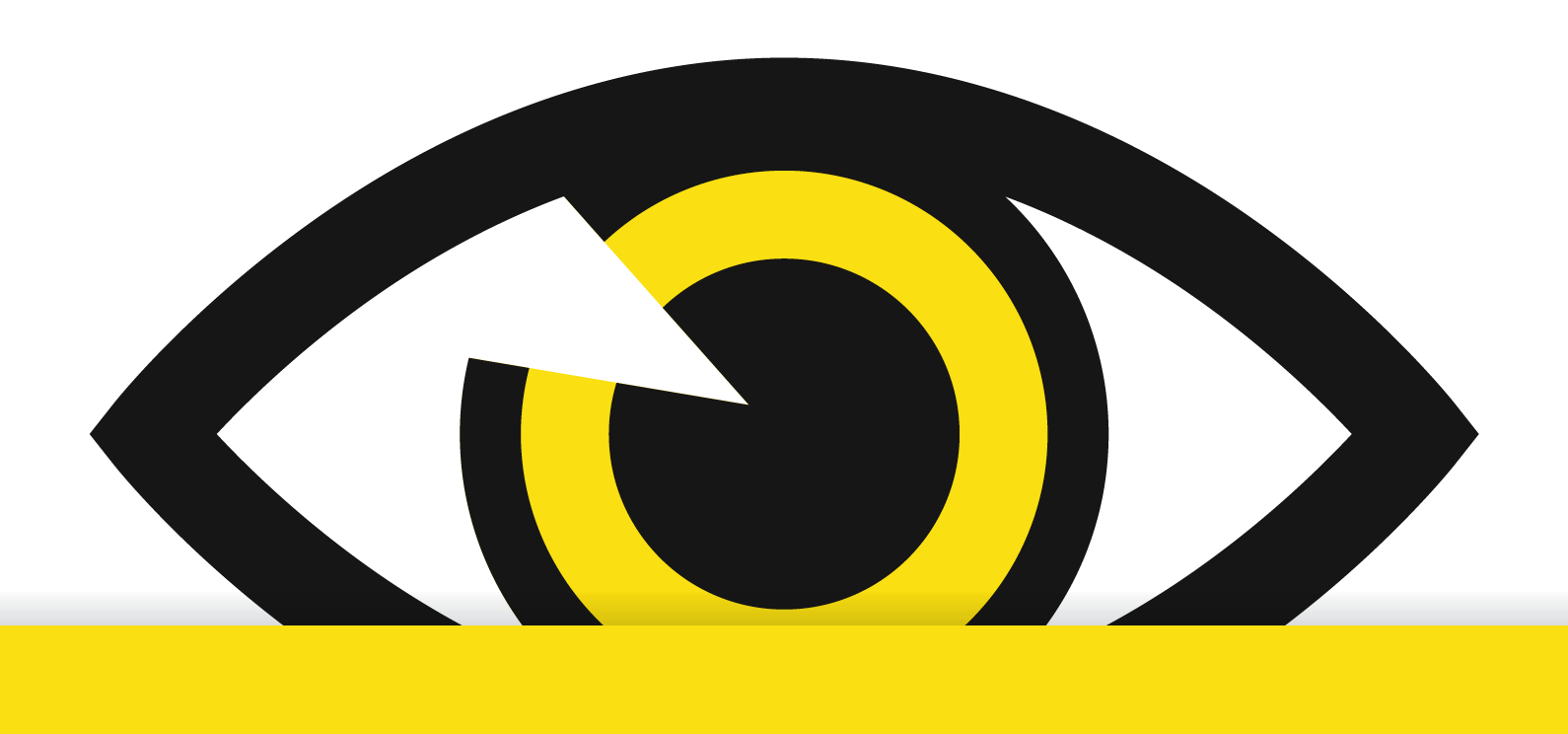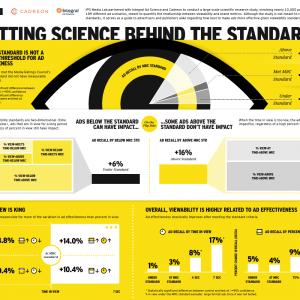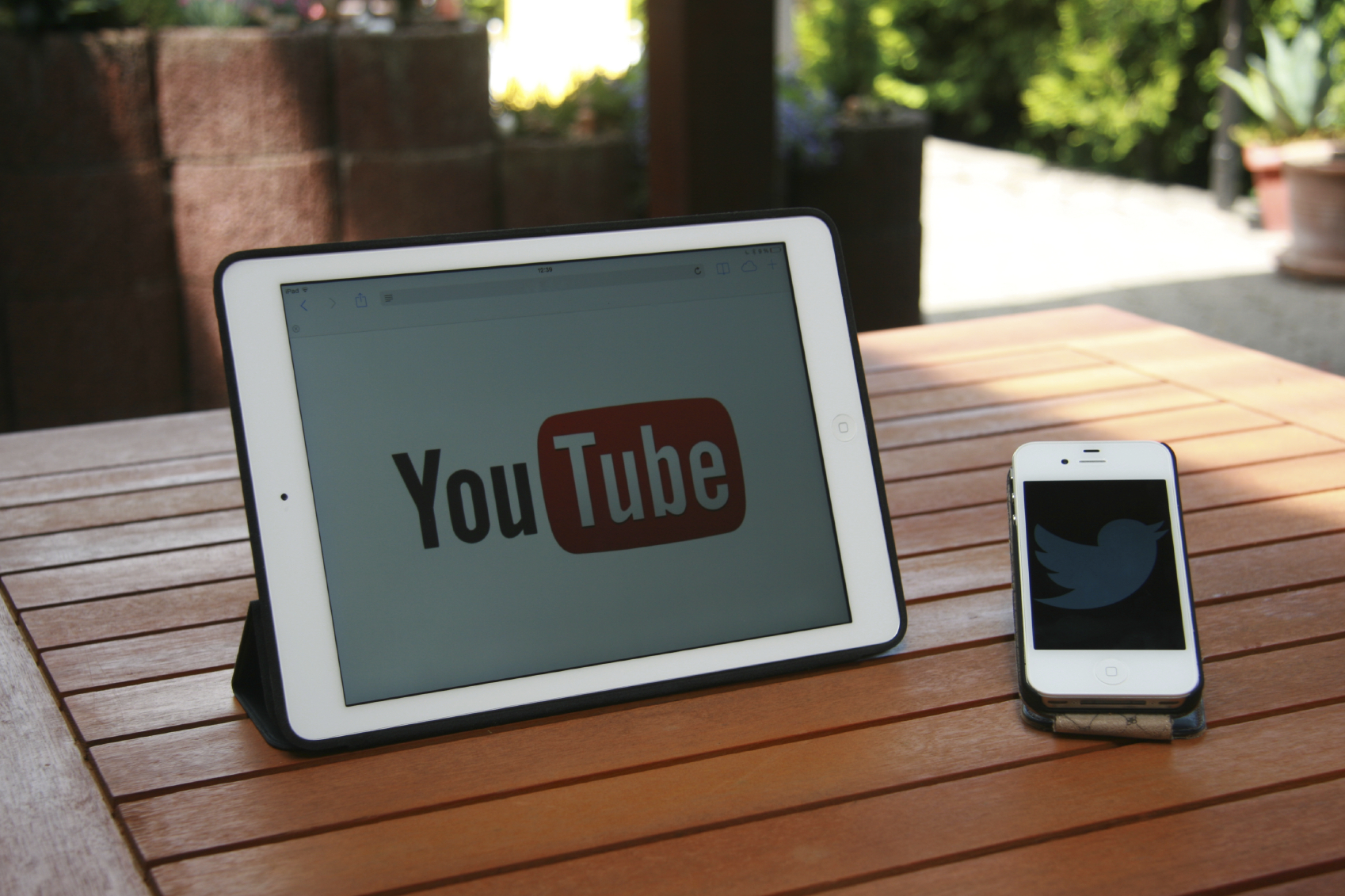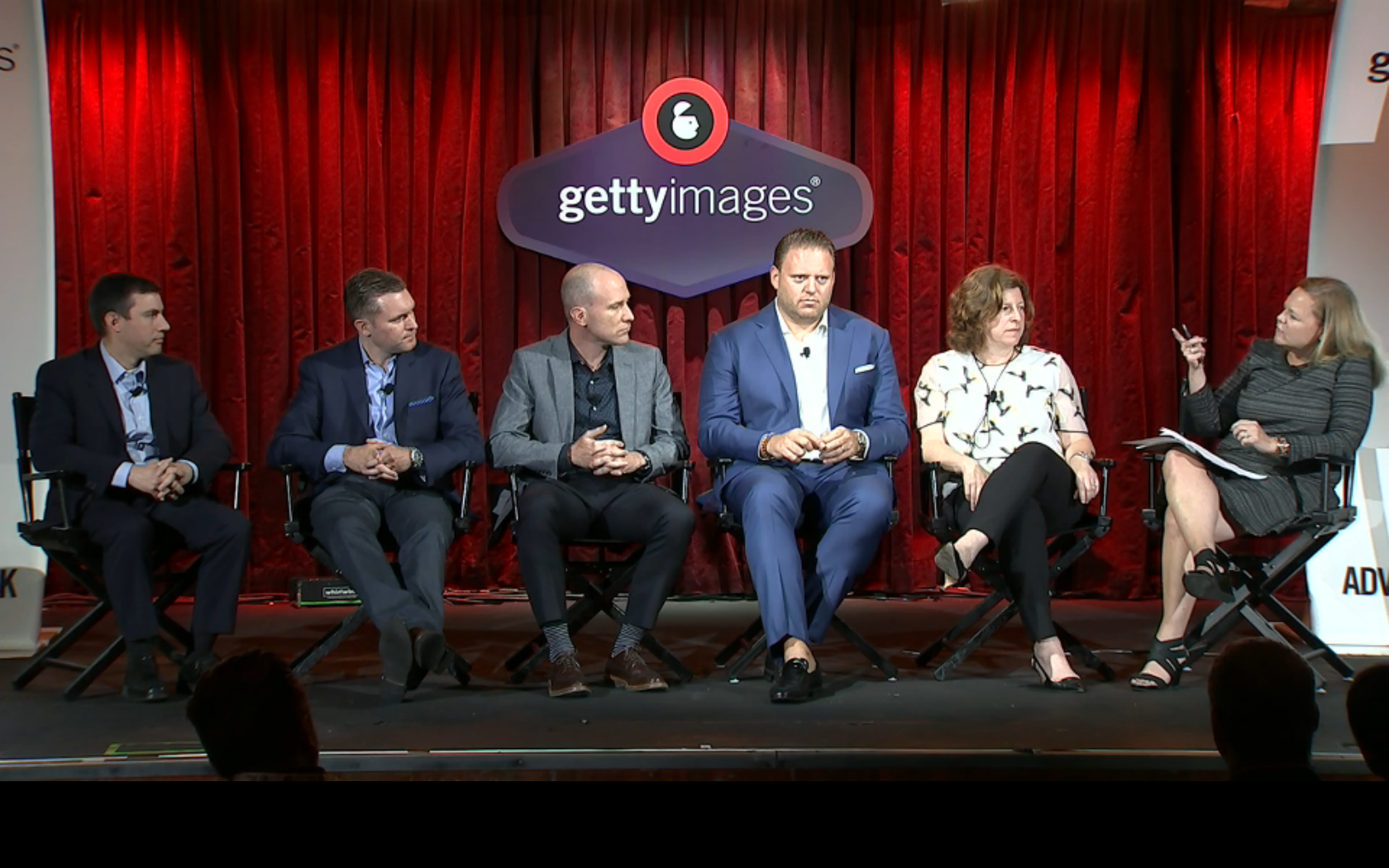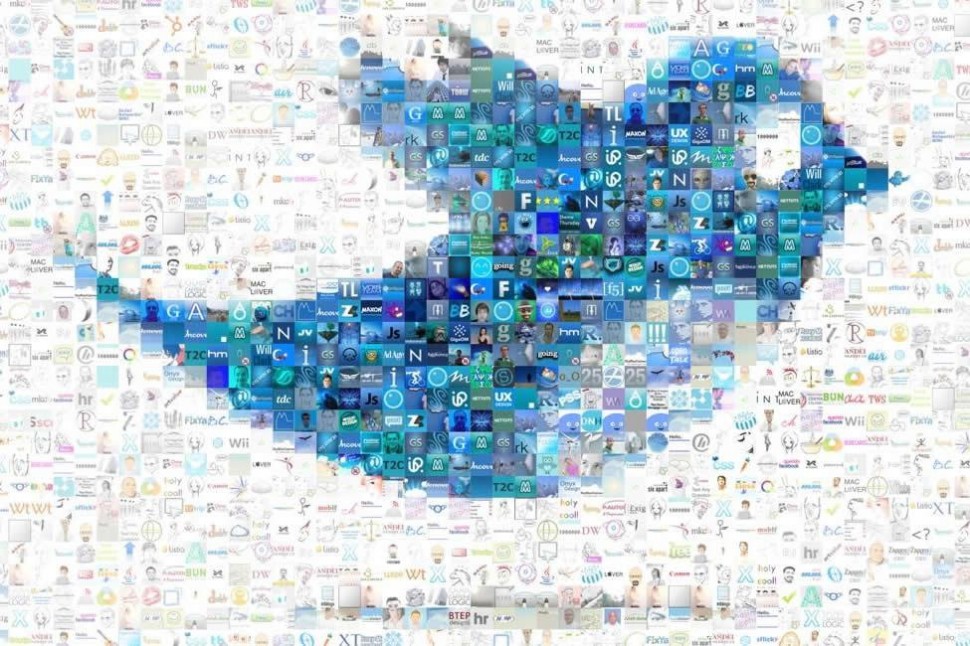What Happened
Aiming to improve their user experience by offering fewer and better ads, The Guardian has started selling ads based on viewability instead of impressions. This change allows brand advertisers to buy ads across The Guardian’s sites in guaranteed time slots of varying lengths ranging from 10 to 30 seconds, for which the British publisher guarantees 100% viewability. The Economist is the first client to buy The Guardian’s time-based ads for a campaign that will run until September.
Why Brands Should Care
This new ad product offers an example of how publishers are trying to deal with the rise of ad-blocker usage by improving the ad experience and switching to new ad metrics. This kind of initiatives enables brands to better engage site audiences by ensuring the viewability of their ads. While it remains to be seen whether more publishers will pick up this practice, brand marketers should be aware of the new ad products available and work with publishers to make sure their ads are actually being delivered in a consumer-friendly way.
For more information on how brands can fight the increasing usage of ad-blockers, check out the Ad Avoidance section in our Outlook 2016.
Source: Digiday
